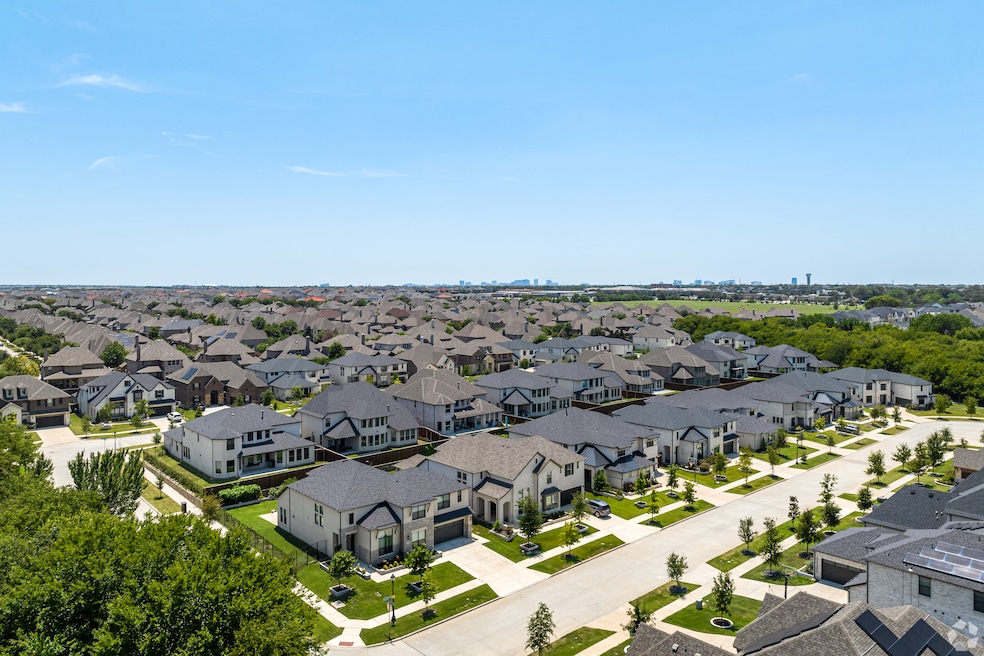Southern and Western boomtowns such as Atlanta, Dallas and Phoenix used to be reliably affordable compared to many coastal cities, but their advantage is diminishing because of a lack of new construction, according to a recent paper by two economists affiliated with the nonprofit group National Bureau of Economic Research.
While it may still be cheaper to buy a house in these areas than in Los Angeles, for example, their prices have risen steadily in recent decades as the supply of new homes has dropped, Edward Glaeser of Harvard University and Joseph Gyourko of the University of Pennsylvania’s Wharton School wrote in the paper published in May. The authors attribute the more difficult construction climate to resistance from existing homeowners and local governments, making it harder to build.
“We believe that this is the most natural explanation for the shift,” the authors wrote. “A factor that increases demand for a location may also bring in wealthier or better-educated residents who may then alter the permitting environment.”
The shift is most noticeable in suburban areas with relatively low numbers of homes per acre and somewhat higher prices, according to the paper. In the Miami metropolitan area, for example, 44% of all new housing units built in the 1970s were in these areas, but just 12% by the 2010s.
Glaeser and Gyourko considered that a lack of developable land or greater construction costs might have contributed to higher prices in these suburban areas. But in places that have lots of room to grow farther outward, like Atlanta or Dallas, there’s plenty of space, the authors said. As for construction costs, prices for houses have increasingly outpaced what it costs to build them.
The paper contrasts what is happening in Atlanta, Dallas and Phoenix with Los Angeles, where a lack of supply caused prices to inflate decades ago. The boomtowns kept building at higher rates until much more recently, keeping prices lower.
The median sales price in the Dallas-Fort Worth area was $378,000 in the first quarter of this year, $369,000 in metropolitan Atlanta, and $488,000 around Phoenix, according to the National Association of Realtors. In Los Angeles, it was $863,000.
The paper also challenges the theory that the current low-construction environment across the U.S. can be traced to the great financial crisis that started in 2007, when many builders exited the business and banks tightened their lending standards. Construction actually began to slow decades before that, according to the paper, a downward trend that has continued to the present.
In the 1950s, the housing stock in Phoenix and Miami grew by an average of 15% annually, by 8% in Dallas, and 7% in Los Angeles and Atlanta, the paper said. Since 2020, none of these cities has reached 1% average annual growth. Housing construction tumbled to just over 1% annual growth in Los Angeles by the 1980s and Miami by the 1990s, but it wasn’t until the 2010s that the other cities slowed down as much.
Recently, there’s been an uptick in housing development in city centers, including Atlanta and Dallas, Glaeser and Gyuorko wrote. But the amount of housing under construction in or near downtowns doesn’t come close to offsetting the loss of supply in the more suburban areas, they said.
“Overall, there has been a great convergence in housing production” across these cities, according to the paper. “Increasingly, larger swaths of the sunbelt metropolises are starting to look more like Los Angeles.”

